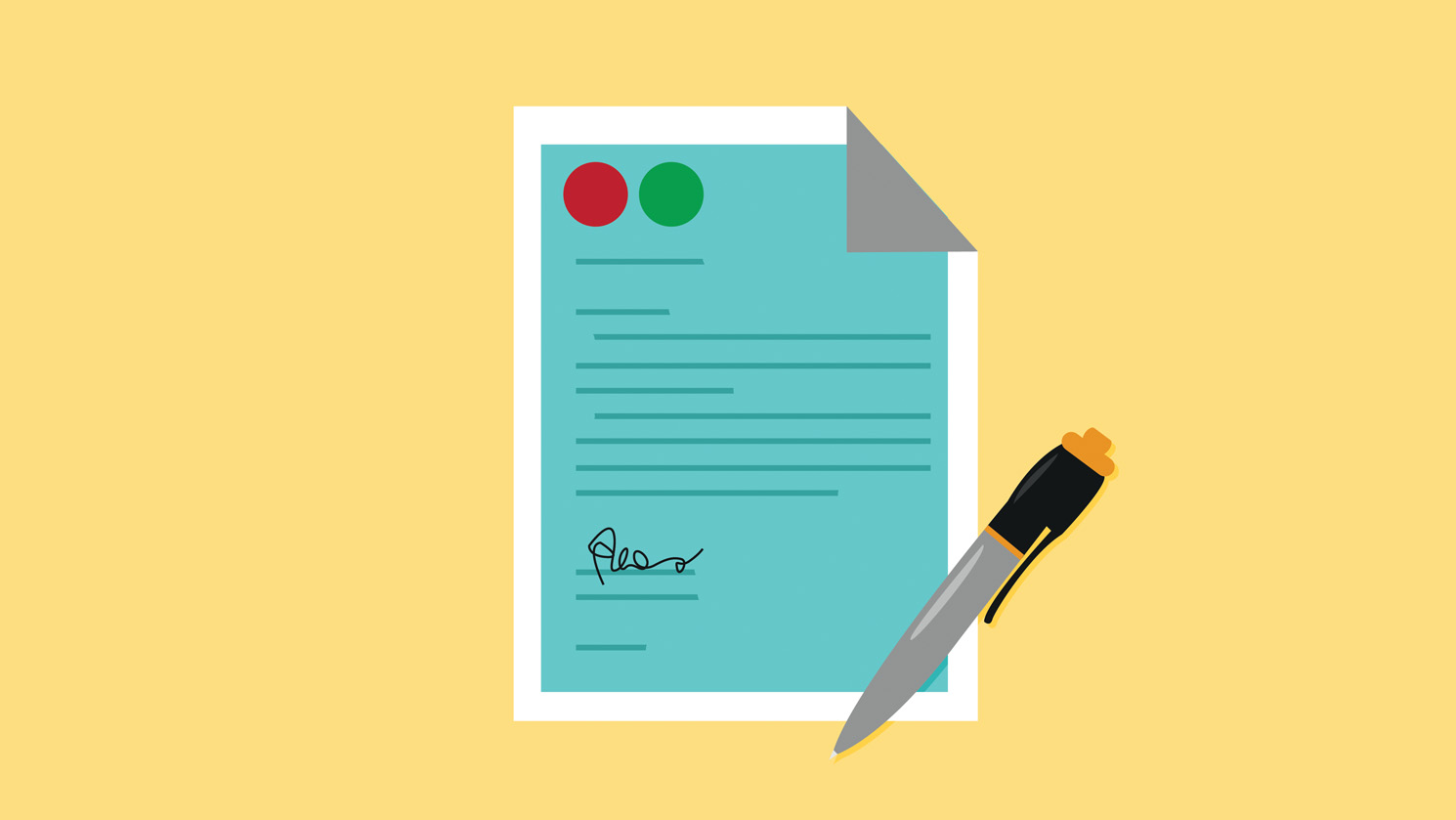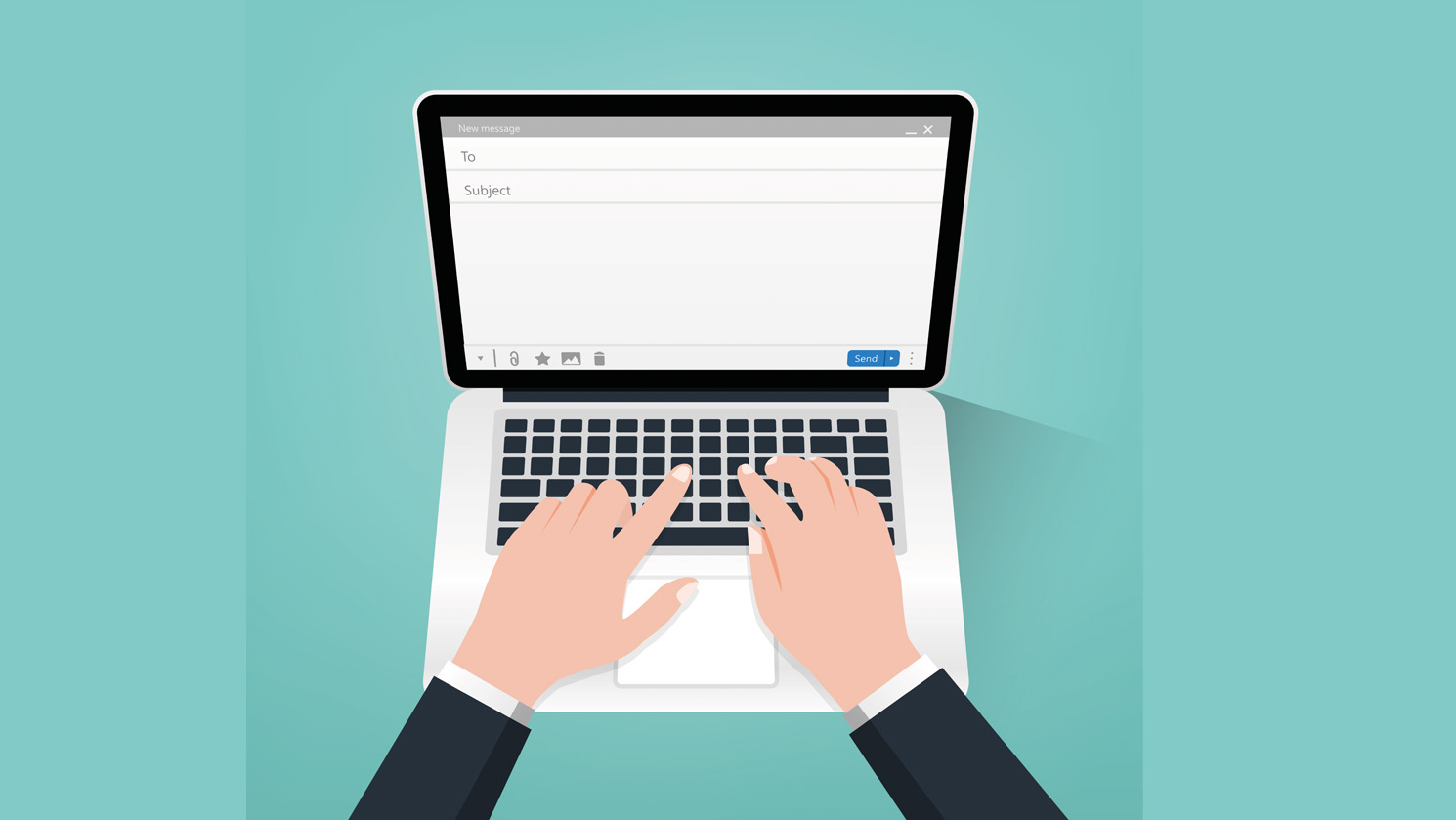Your LinkedIn and your resume are key elements of your personal brand. But, how do they play together? Do they get along, or are they rivals? Most importantly, do you need both?
The last question is very frequently asked by job seekers like you, so I’ll provide the answer straight away – “yes”.
Indeed, you need both a well-written resume and a captivating LinkedIn profile.
For maximum effect, however, they need to work together as a system, with each element providing potential employers with a unique level of insight into your personal brand.
Which is what today’s article is all about.
LinkedIn And Resume: The Key Differences.
To ensure that your resume and LinkedIn profile are aligned and working as a system you need to be aware of a few key differences in their form and function.
1. Tone.
Your resume is a marketing document which outlines the specifics of your value and backs it up with your achievements and responsibilities.
In other words, the purpose of your resume is to position you as a unique solution to an employer’s problem. Which is why it’s not the best place to flash your personality or connect with recruiters through humour.
Your LinkedIn profile, on the other hand, can have a more relaxed tone.
When writing your LinkedIn profile, shake off some of your seriousness and engage readers on a more human level, with charm and spark; use analogies and glimpses into your personality to explain why you do what you do, what you stand for and what you’ve achieved.
2. Targeting.
Repeat after me: your resume must be tailored.
To. Every. Single. Job. Application.
That means you need to fine-tune your unique value proposition (and, potentially, tweak your career narrative) so that it speaks directly to the needs of individual hiring managers.
The purpose of your resume, in that respect, is to position you as the obvious, unique answer to a specific employer’s current commercial problems.
(By the way, to further improve your resume writing skills, check out my library of advanced resume writing guides here).
Your LinkedIn profile, in the meantime, is a live portfolio of your personal brand. Because you have no control over the timeframe during which a particular recruiter or hiring manager decides to visit it, you cannot target it to a specific individual or role.
Your LinkedIn profile, therefore, needs to be centered around broader and more evergreen aspects of your commercial value:
- Your personality.
- The story behind your career moves; how did you get where you are?
- Your biggest achievements.
Working As A System.
Let’s say you submit a job application. Your professionally written resume piques a recruiter’s interest and he hops online to learn more about you.
At that point you have a foot in the door with him; he is hoping that you can sell yourself to him, so that he can start selling you to his client (your potential employer) – and earning his commission.
Imagine his disappointment when he discovers that your LinkedIn is a carbon copy of your resume.
Opportunity to sell yourself: flushed down the toilet.
The employer never hears about you. The recruiter doesn’t get his commission and resorts eating Weet-Bix for dinner to make ends meet.
Sadness all around. It’s all your fault.
On The Other Hand, Imagine This.
He visits your LinkedIn profile and is pleasantly surprised to find the bigger story of your career.
He learns about the reasons behind your career’s many interesting and unusual twists and turns.
He discovers that you love being an Operations Director because you’ve been obsessed with order since you were a kid. In fact, at age 5 you reorganised your mum’s kitchen and informed her that by doing so you improved her productivity by 13%.
(Related: Bespoke Outplacement Services For C-Suite Executives).
To this day you feel a high when you see an efficient, elegantly designed system.
Oh, and by the way, every month you publish a post on your LinkedIn profile, in which you show Fortune 500 CEOs how they can use data to streamline processes, reduce costs and decrease risk.
The recruiter calls you, screens you and calls you in for an interview.
The employer hears about you and is looking forward to meeting you. You have a job offer.
The recruiter gets his fat commission.
High fives all around. It’s all because of you.
The Process Also Works In Reverse.
Your (future) hiring manager’s superior stumbles upon a great thought leadership article that you happened to write and share on LinkedIn.
He checks out your profile and is impressed enough to want to pass it on to the hiring manager.
The manager does the same and contacts you “to discuss an opportunity”. They’re open to the idea of creating a role for you, she says. She also asks for your resume.
Resume And LinkedIn: Final Thoughts.
As you can see, your resume and LinkedIn do not compete with one another. They work together to create a system which is stronger than the sum of its parts.
By the way, should you include your LinkedIn URL on your resume? Yes, but before you do, customise your URL to reflect something simple, like your name.
Here are step-by-step instructions, courtesy of LinkedIn, which show you how to do this:

I hope that was useful to you. All the best with your job search.
– Irene






